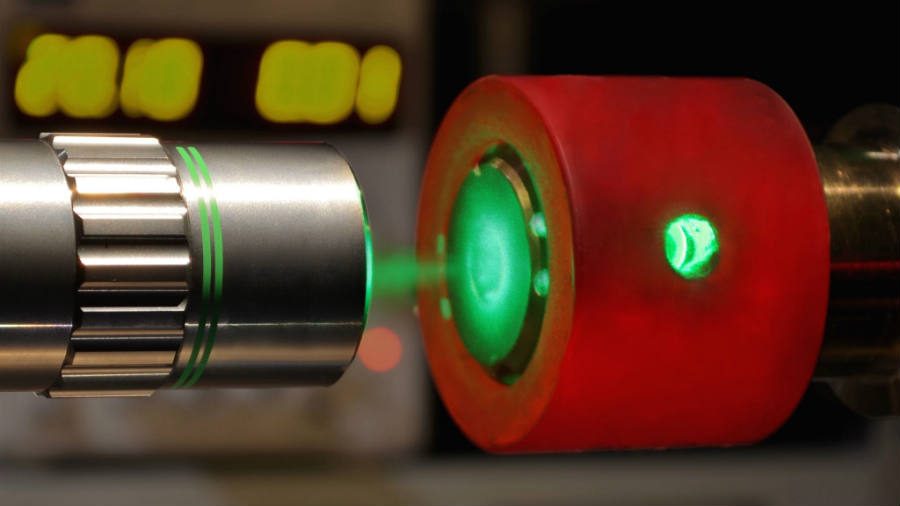Metallic hydrogen, definition properties and uses
Three Edinburgh University researchers are reportedly close to producing metallic hydrogen by placing the chemical element under incredibly high pressures. Metallic hydrogen could serve as an electrical conductor. It could also answer mysteries about the universe.
Hydrogen is the simplest and most common element in the universe, but its theoretical metallic phase is another story. Hydrogen is found naturally, under atmospheric pressure, but its physics becomes more complicated at high pressures.
The first element of the periodic table can turn solid by squeezing it or at low temperatures, and also turn into a liquid when applying heat while pressing. Solid hydrogen could serve as an efficient and viable car fuel, while liquid hydrogen is a common liquid rocket fuel.
Metallic hydrogen, like all metals, will be a viable conductor of energy, and possibly the most efficient of them all.
Additionally, gas giants Jupiter and Saturn may contain significant amounts of liquid metallic hydrogen. So cracking its metallic form should help scientists better understand the composition of such planets.
Theoretical predictions about metallic hydrogen
In 1935, theoretical physicists Hillard Bell Huntington and Eugene Wigner first proposed that hydrogen could occur in a metallic state under high pressures. They said hydrogen atoms would lose hold over its electrons, displaying metallic properties in the process.
The three Edinburgh-based physicists did just that and watched how the chemical bonds that link hydrogen into a molecule began to break down. They used the Raman spectroscopy to observe the degenerate matter that resulted from putting hydrogen under high pressure.
Meanwhile, Cornell University theoretical physicist, Neil Ashcroft, predicted there’s a range of densities where compressed hydrogen may be a liquid metal. He also theorizes metallic hydrogen could be the best superconductor out there.
Experiments on metallic hydrogen production
In March 1996, Lawrence Livermore National Laboratory (LLNL) scientists reported they had unexpectedly produced the first identifiable metallic hydrogen for about a microsecond. However, previous studies where hydrogen went under higher pressures did not confirm detectable metallization.
Current studies have shown that, at pressures close to those at the center of the Earth, hydrogen still didn’t transform into metal. Many believe higher pressures are needed to create metallic hydrogen.
So relying on diamond anvils the Edinburgh scientists have crushed hydrogen under never-before-achieved pressures. The university has been developing that technique since 2007, and the specialists are finally testing its results.
Source: Science News



